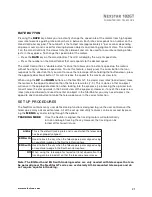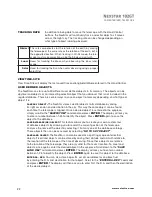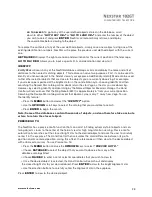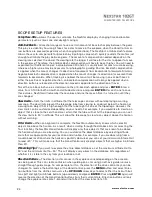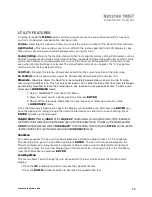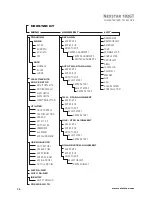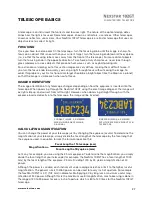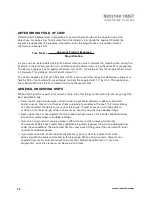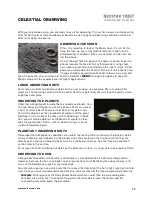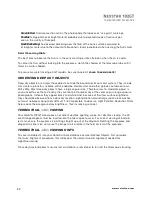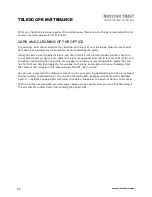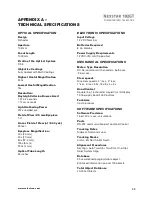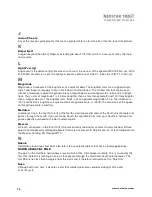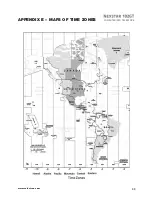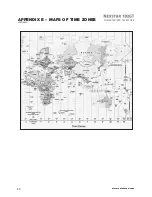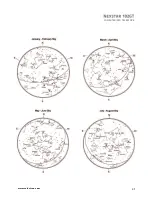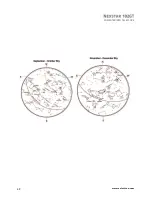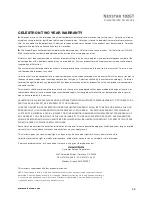
COMPUTERIZED TELESCOPE
Azimuth
The angular distance of an object eastwards along the horizon, measured from due north, between
the astronomical meridian (the vertical line passing through the center of the sky and the north and
south points on the horizon) and the vertical line containing the celestial body whose position is
to be measured. .
B
Binary Stars
Binary (Double) stars are pairs of stars that, because of their mutual gravitational attraction, orbit around
a common center of mass. If a group of three or more stars revolve around one another, it is called a
multiple system. It is believed that approximately 50 percent of all stars belong to binary or multiple
systems. Systems with individual components that can be seen separately by a telescope are called
visual binaries or visual multiples. The nearest “star” to our solar system, Alpha Centauri, is actually our
nearest example of a multiple star system, it consists of three stars, two very similar to our Sun and one
dim, small, red star orbiting around one another.
C
Celestial Equator
The projection of the Earth’s equator on to the celestial sphere. It divides the sky into two equal hemi-
spheres.
Celestial pole
The imaginary projection of Earth’s rotational axis north or south pole onto the celestial sphere.
Celestial Sphere
An imaginary sphere surrounding the Earth, concentric with the Earth’s center.
Collimation
The act of putting a telescope’s optics into perfect alignment.
D
Declination (DEC)
The angular distance of a celestial body North or South of the celestial equator. It may be said to cor-
respond to latitude on the surface of the Earth.
E
Ecliptic
The projection of the Earth’s orbit on to the celestial sphere. It may also be defined as “the apparent
yearly path of the Sun against the stars”.
Equatorial mount
A telescope mounting in which the instrument is set upon an axis which is parallel to the axis of the
Earth; the angle of the axis must be equal to the observer’s latitude.
F
Focal length
The distance between a lens (or mirror) and the point at which the image of an object at infinity is
brought to focus. The focal length divided by the aperture of the mirror or lens is termed the focal ratio.
35
www.celestron.com
Summary of Contents for NexStar 102 GT 102x1000 AZ
Page 2: ...COMPUTERIZED TELESCOPE INSTRUCTION MANUAL ...
Page 40: ...COMPUTERIZED TELESCOPE APPENDIX E MAPS OF TIME ZONES 39 www celestron com ...
Page 41: ...COMPUTERIZED TELESCOPE APPENDIX E MAPS OF TIME ZONES CONTINUED 40 www celestron com ...
Page 42: ...COMPUTERIZED TELESCOPE 41 www celestron com ...

